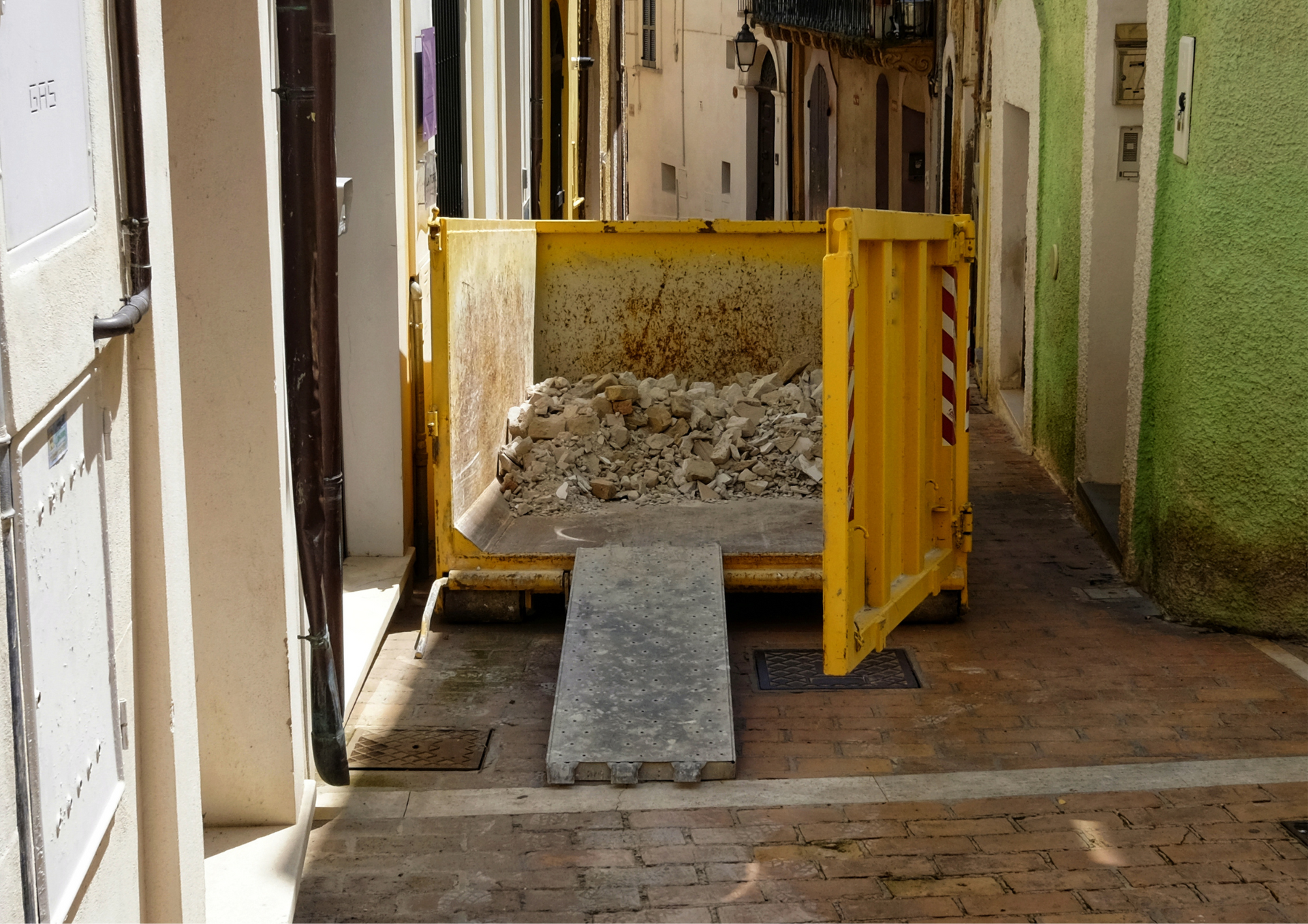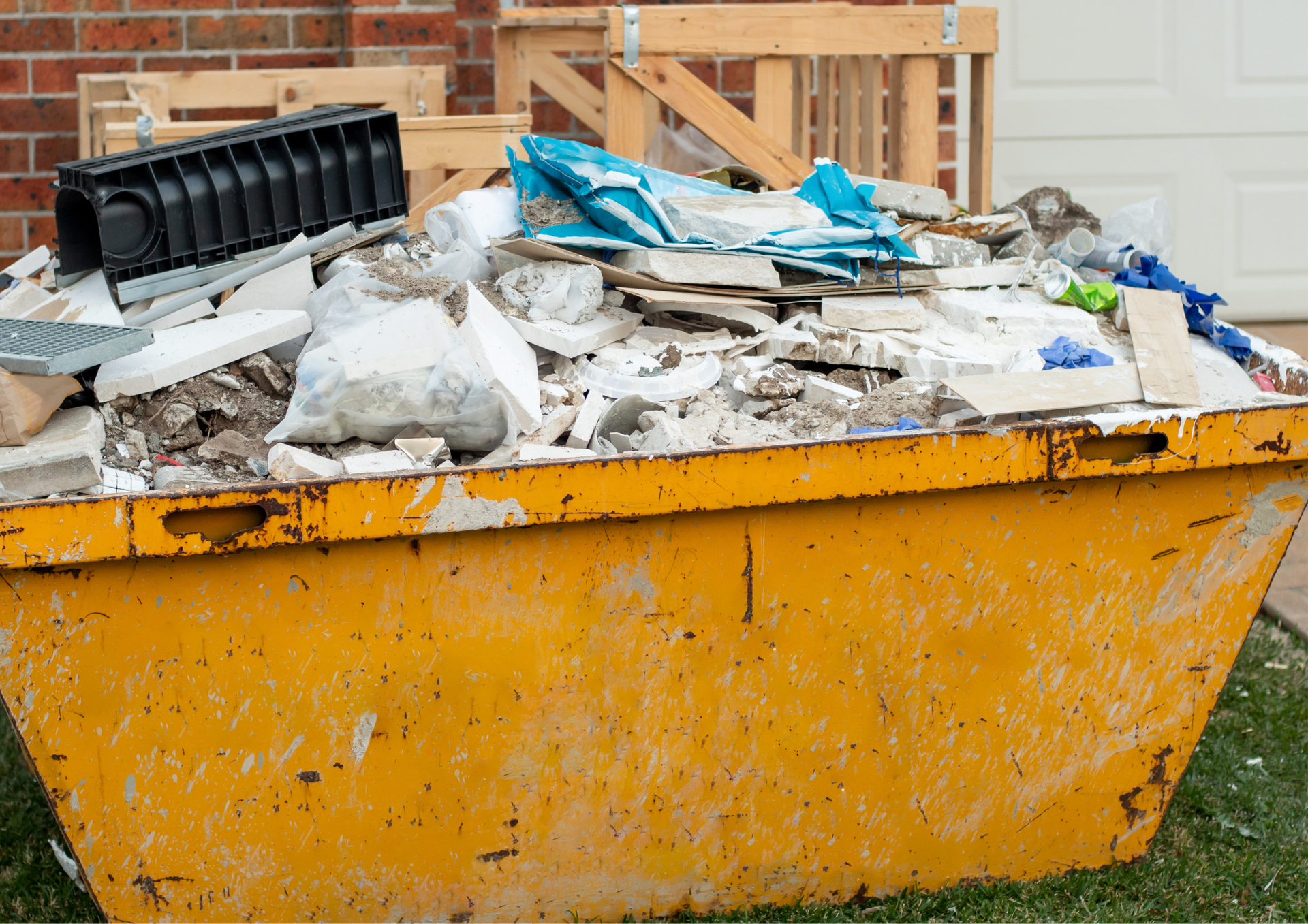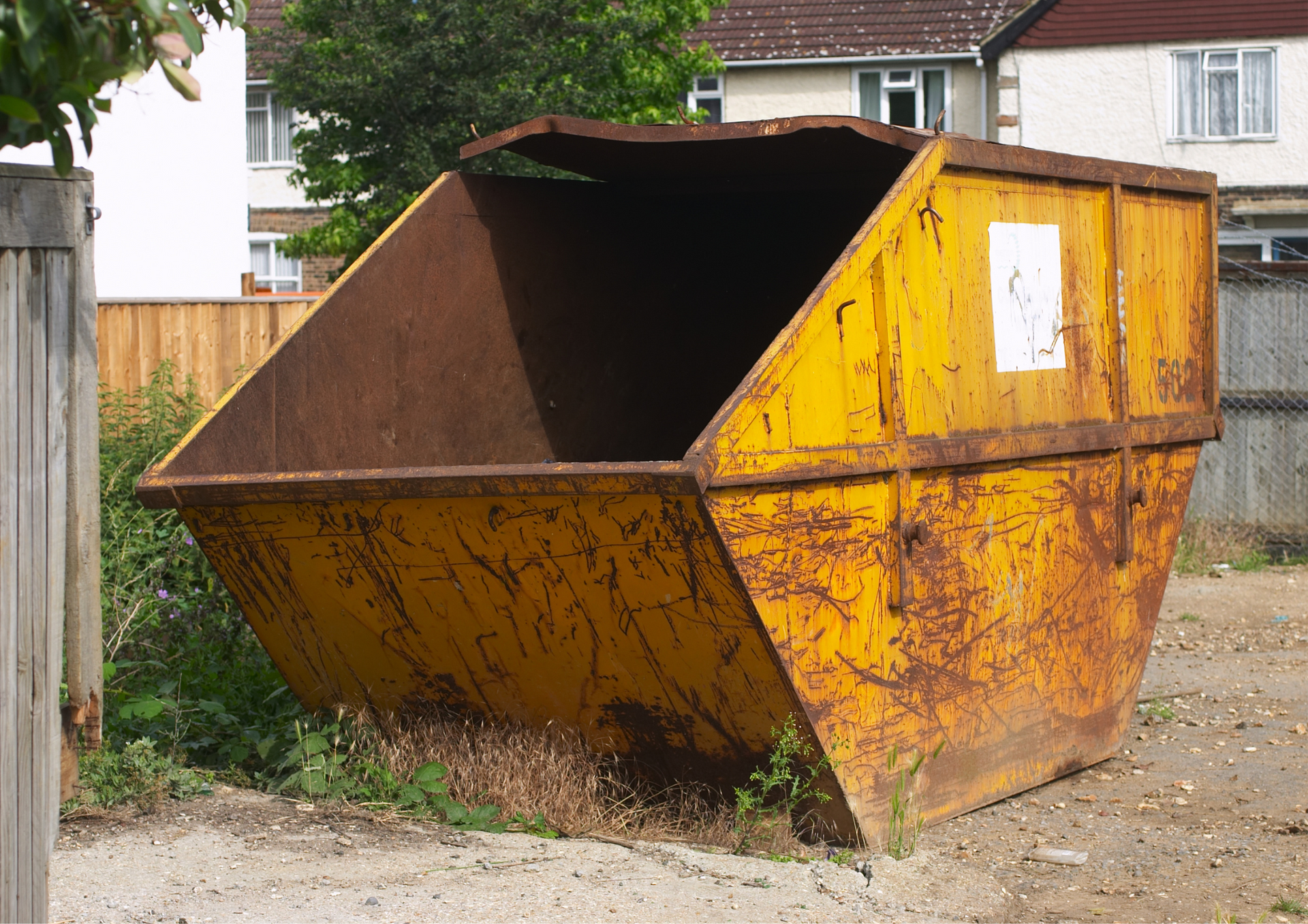How to Choose the Right Skip Size for Your Home Renovation
Home renovations are exciting but can also involve plenty of decisions—one of which is effectively managing waste. From old furniture to rubble, debris builds up quickly. Having a skip on hand makes it easier to keep your project site clean and organised. But with various skip sizes available, choosing the right one is essential to keeping your project running smoothly and within budget.
Understanding the Different Skip Sizes
The first step to choosing the right skip size is understanding what options are available. Skip sizes are typically measured in cubic yards, with each size suited for different types of projects.
1. Mini Skips (2-3 Yards)
Ideal for small projects, mini skips can hold about 20-30 bin bags of waste. This size is perfect for minor home clearances, garden waste, or small bathroom refits.
2. Midi Skips (4-5 Yards)
Midi skips can hold around 40-50 bin bags. They are great for medium-sized home projects like kitchen renovations or clearing out a garage.
3. Builder’s Skips (6-8 Yards)
These skips are commonly used in construction and larger home renovation projects. Holding about 60-80 bin bags, builder’s skips are ideal for heavier waste like bricks, tiles, or concrete from significant refurbishments.
4. Large Skips (10-12 Yards)
Large skips are best suited for major renovation projects or bulky waste like furniture. Holding 100-120 bin bags, these skips are perfect for large-scale house renovations or landscaping.
By understanding the typical use cases of each skip size, you can start to narrow down which might be best for your project.
Factors to Consider When Choosing a Skip Size
To make the right choice, you’ll need to evaluate the scope of your project and the type of waste you’ll be dealing with. Here are some key considerations:
1. Size of the Renovation Project
- Small Projects: If you’re working on a minor renovation, like a bathroom or garden clearance, a mini or midi skip should suffice. These projects usually don’t generate large amounts of waste, so choosing a smaller skip will keep costs down.
- Medium Projects: For projects like kitchen refits or a two-room renovation, a midi or builder’s skip is usually the best option. They can handle larger volumes without taking up too much space on-site.
- Large Projects: Full house renovations or extensive garden overhauls will produce substantial waste, including bulky items like furniture or soil. In this case, a large skip is likely needed to avoid frequent collections.
2. Type and Volume of Waste
The type of waste you’re disposing of also plays a role in choosing the right skip size. General household waste, construction debris, or bulky items like old furniture will need a skip that can handle different types of materials. Be mindful that heavier waste, such as concrete or soil, often has specific skip requirements. Overloading skips with heavy materials could result in extra charges or the need for a more robust skip.
3. Space Available for the Skip
Before you hire a skip, ensure you have enough space for it to be placed on your property or nearby. If you don’t have enough room for a larger skip, you may need to consider a smaller option and schedule more frequent collections. If you don’t have a driveway or private land to place the skip, you may need to obtain a permit to put the skip on a public road, which could affect the size you choose.
Benefits of Choosing the Right Skip Size
Getting the right skip size can save you time, money, and hassle. Here are some benefits of making the right choice:
1. Cost-Effectiveness
Opting for the correct skip size helps you avoid the extra costs of hiring multiple skips or arranging additional collections. A skip that’s too small will fill up quickly, requiring replacements, while an oversized skip could leave you paying for unused capacity.
2. Environmental Responsibility
Skips make waste management more efficient, allowing for better sorting and recycling. By choosing the appropriate size, you ensure that waste can be processed in the most eco-friendly way possible.
3. Time-Saving
With the right skip on-site, you’ll experience fewer delays. A well-planned waste disposal system means fewer interruptions to your renovation schedule, keeping the project on track.
Avoiding Common Mistakes
When choosing a skip size, it’s important to avoid some common mistakes that homeowners often make:
1. Underestimating the Amount of Waste
One of the biggest errors is underestimating how much waste your project will generate. It’s always better to overestimate slightly, as underestimating can result in needing a second skip, causing delays and extra costs.
2. Choosing a Skip Too Large for the Space Available
Larger skips take up more space, so ensure you have enough room to accommodate the skip. If space is limited, it may be worth opting for a smaller skip and scheduling more frequent collections.
3. Not Accounting for the Type of Waste
Not all skips can handle every type of waste. Heavy materials like soil or bricks need a more robust skip, while lighter waste can go into standard skips. Overloading a skip with heavy materials can lead to extra charges.
Frequently Asked Questions About Skip Sizes
1. How do I know what size skip I need for my renovation?
Evaluate the scope of your project, the type of waste you’ll be dealing with, and the space available for the skip. If you’re unsure, it’s always best to consult with your skip hire provider, who can offer guidance based on your specific project.
2. What happens if I choose the wrong skip size?
If the skip is too small, you may need to arrange for another one, which adds time and cost. If the skip is too large, you may be paying for space you don’t use.
3. Can I overfill my skip if I run out of space?
No, overfilling a skip is not allowed for safety reasons. The skip should only be filled to the level load mark. Exceeding this could result in fines or refusal to collect.
Choosing the right skip size for your home renovation is crucial for keeping your project running smoothly. By planning ahead, considering the scope of your renovation, and evaluating the type of waste, you can ensure that the process remains hassle-free and cost-effective. When in doubt, it’s always a good idea to ask for advice from your skip hire provider to avoid any unexpected issues.
At Skip Hire Leicester, we specialise in helping homeowners find the perfect skip size for their home renovation projects. Whether you’re tackling a small garden clearance or a full house refurbishment, our team is here to guide you every step of the way. With various skip sizes available, we ensure that you only pay for what you need, with prompt deliveries and reliable collections that keep your project on schedule. We pride ourselves on offering competitive pricing and excellent customer service, making waste management one less thing for you to worry about. Choose Skip Hire Leicester for your next renovation and experience the difference in quality and reliability.
Check our GBP update on how to choose the right skip size for your home renovation.
You might also like
Service Areas
Give us a call today!




